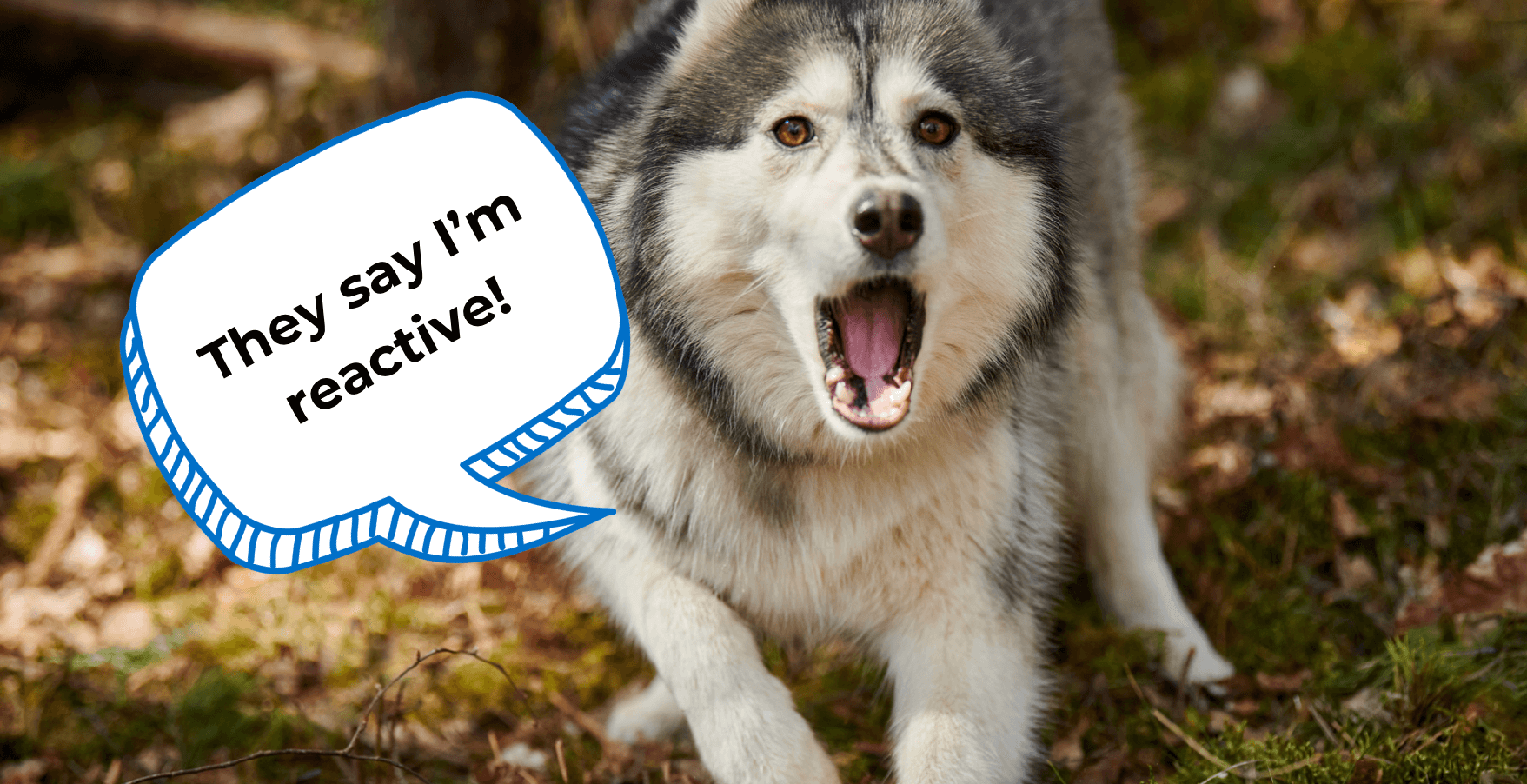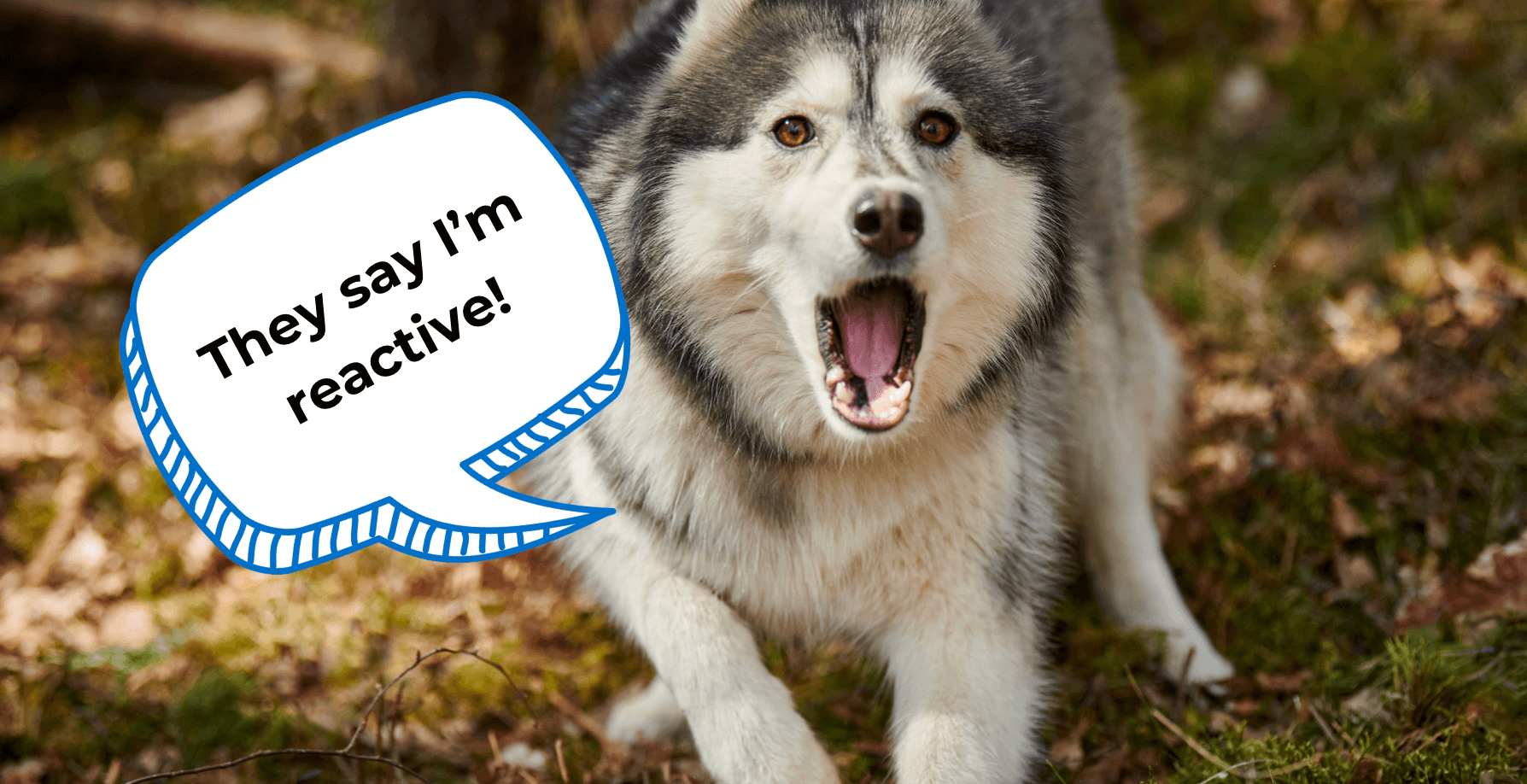In a world where socialization is touted as a key to unlocking a dog’s full potential, what happens when a reactive dog enters the scene? Can they be socialized too, or are they doomed to forever roam the streets of isolation?
Can a Reactive Dog Be Socialized: A Comprehensive Guide
The answer is a resounding yes, but it requires a deep understanding of what makes a reactive dog tick and how to tailor training approaches to meet their unique needs. As we delve into the world of canine socialization, let’s first define what we mean by “reactive” dogs.
What is a Reactive Dog?
A reactive dog is one that exhibits intense fear or aggression in response to certain stimuli, such as sights, sounds, people, or other animals. This can manifest in behaviors like barking, growling, snapping, or even fleeing from perceived threats.
Reactivity is often rooted in past experiences, genetics, or a combination of both. For example, a dog that’s been bullied by other dogs may develop reactivity as a coping mechanism to protect itself from future harassment.
The Importance of Socialization for Reactive Dogs
So why does socialization matter so much for reactive dogs? The answer lies in the profound impact it can have on their emotional and behavioral well-being. When a reactive dog is not socialized, they’re left to struggle with pent-up emotions that can manifest in destructive behaviors or even affect their physical health.
By contrast, socialization offers a powerful tool for mitigating reactivity by providing dogs with positive experiences and reducing anxiety triggers. But how do you go about socializing a reactive dog? That’s what we’ll explore next.

To socialize a reactive dog, it’s essential to understand that their unique needs must be taken into account. This may involve adjusting your approach to training and incorporating strategies tailored to their specific temperament.
Recognizing the Signs of Reactivity
Before diving into socialization, it’s crucial to identify the triggers that set off a reactive dog’s alarm bells. These can include sights, sounds, smells, or even certain emotions. For instance, a dog that becomes agitated at the sight of another dog may exhibit signs such as:
- Panting
- Tail-tucking
- Growling
- Barking
By recognizing these warning signs, you can take steps to prevent escalation and develop a plan to desensitize your dog to their triggers.
Gradual Exposure: A Key Component of Socialization
When socializing a reactive dog, it’s essential to introduce new experiences gradually. This means starting with small, manageable exposures that build trust and confidence over time. For example:
- Begin by exposing your dog to the trigger from a safe distance, such as behind a fence or through a window.
- Gradually increase exposure levels, always maintaining a calm and assertive demeanor.
Remember, socialization is not about pushing your dog beyond their comfort zone. Instead, it’s about creating a positive association with new experiences and reducing anxiety triggers.
Desensitization and Counterconditioning: Powerful Tools for Socialization
Desensitization and counterconditioning are two powerful techniques that can be used to socialize reactive dogs. Desensitization involves gradually exposing your dog to the trigger, while counterconditioning involves pairing this exposure with something pleasant or rewarding.
- For example, if your dog becomes anxious at the sound of a leaf blower, you could start by playing the recording at a low volume from a distance. As your dog becomes more comfortable, you can gradually increase the volume and proximity.
This approach helps to rewire your dog’s brain, associating the trigger with positive emotions rather than fear or anxiety.
Seeking Professional Guidance: The Final Piece of the Puzzle
Socialization is a complex process that requires patience, understanding, and professional guidance. When working with a reactive dog, it’s essential to seek help from a qualified trainer or behaviorist who has experience in this area.
By working with a professional and incorporating the techniques outlined above, you can help your reactive dog build confidence and overcome their fears. The result? A happier, healthier, and more well-adjusted companion that’s better equipped to handle the challenges of everyday life.
To Be Continued…
Expert Consultation for Reactive Dogs
Get personalized guidance and support to help your reactive dog thrive.
Start chatIn conclusion, socializing a reactive dog requires a nuanced approach that acknowledges their unique needs and limitations. By understanding the root causes of reactivity, tailoring training methods to individual dogs, and providing positive reinforcement, it’s possible to help even the most anxious or aggressive dogs build confidence and reduce their stress levels.
Remember, socialization is not a one-size-fits-all solution. It demands patience, persistence, and a willingness to adapt to each dog’s distinct personality. With time, effort, and the right guidance, reactive dogs can learn to coexist with others, reducing their reliance on destructive behaviors and unlocking a happier, more fulfilling life.
As we wrap up this comprehensive guide, we’re left with a powerful reminder: socialization is not just about exposing dogs to new experiences – it’s about helping them develop the skills and confidence they need to thrive in an unpredictable world. By recognizing the value of socialization for reactive dogs, we can work towards creating a more compassionate and inclusive environment where every dog has the opportunity to shine.
Miss periods on the pill: can you?: Are you on birth control and wondering why your periods have stopped? This article explores the reasons behind missed periods while taking hormonal contraception, providing valuable insights to help you take control of your reproductive health. Click to find out!
Frequent urination: a warning sign of high blood sugar: Do you experience frequent trips to the bathroom without an obvious explanation? This article uncovers the surprising link between increased urine production and high blood sugar levels, empowering you with knowledge to take proactive steps towards your overall health. Click to learn more!



